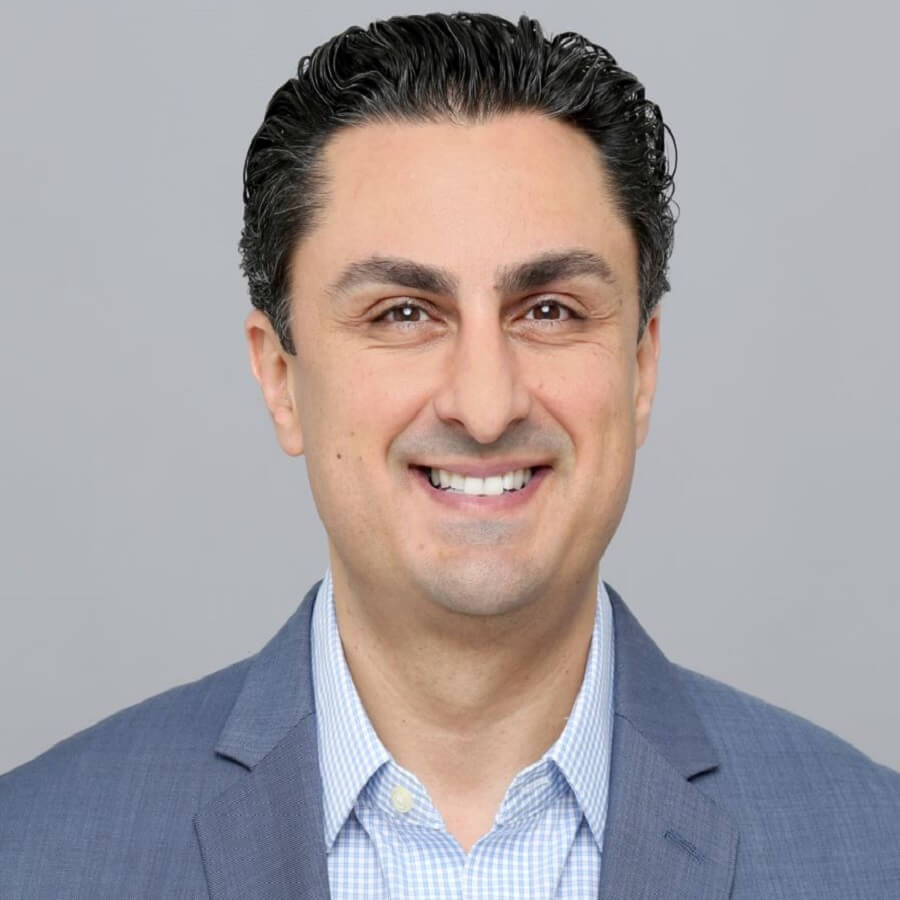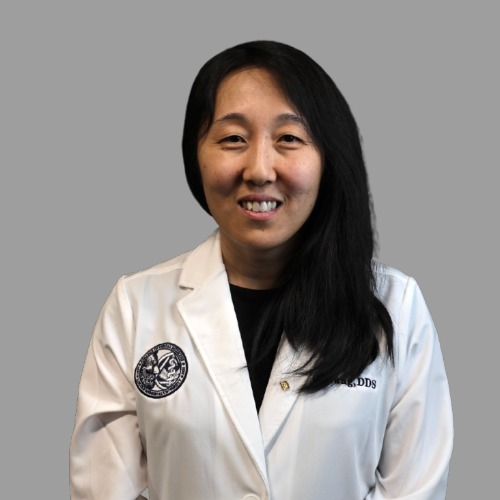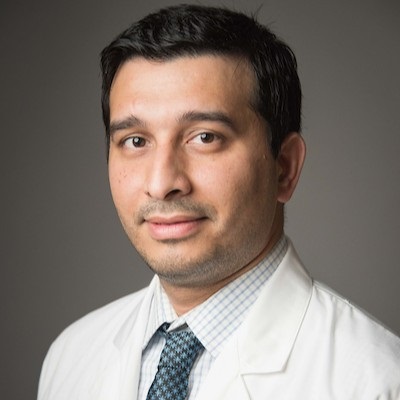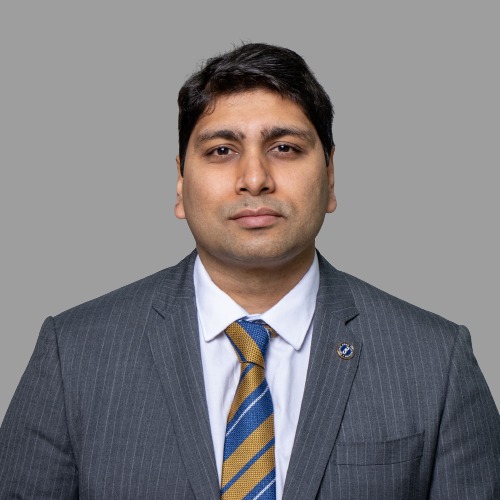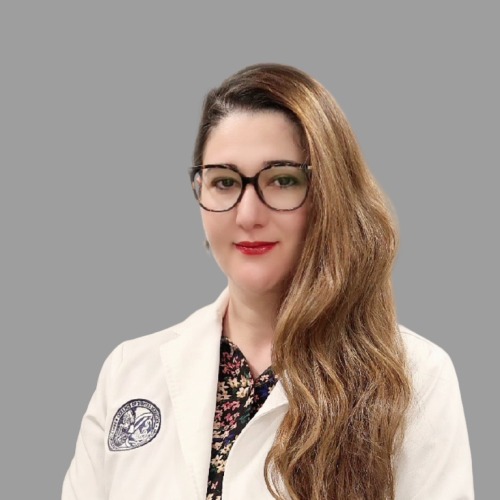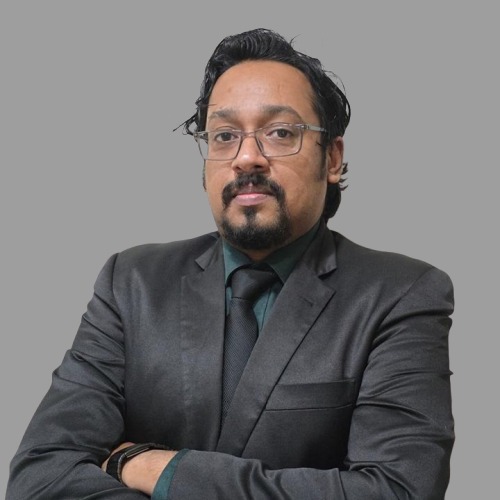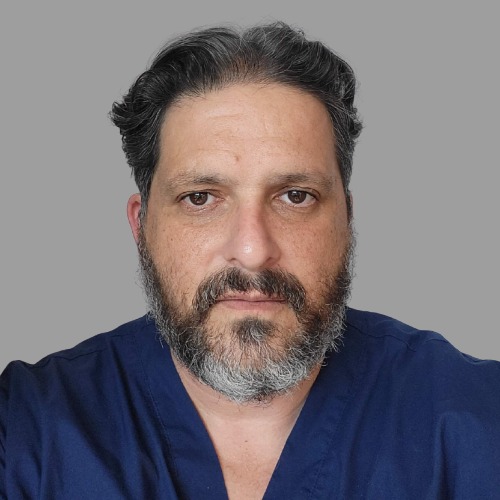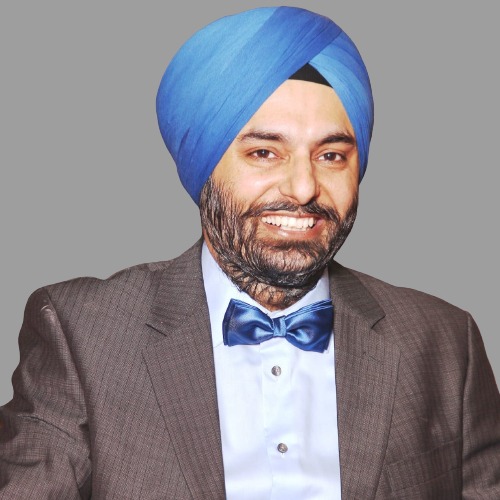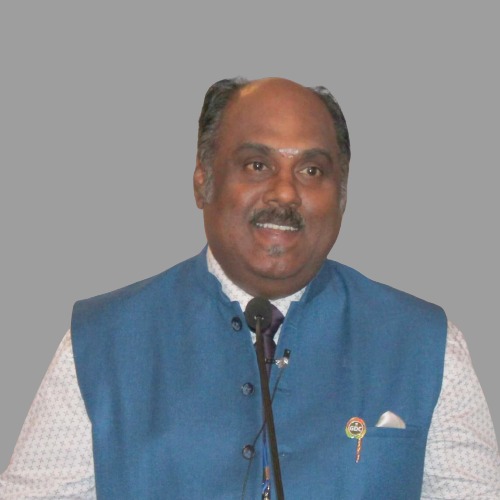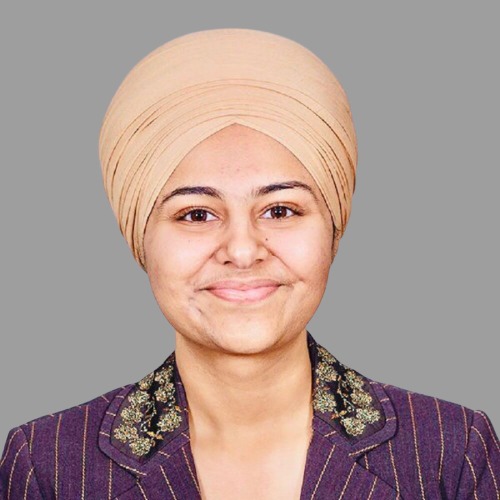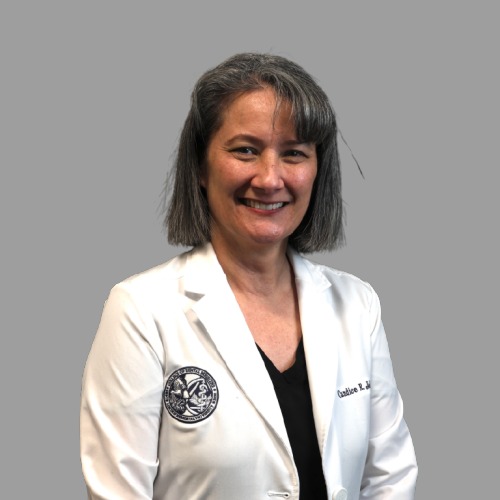
Dr. Candice Johnson
Professor of Dental Medicine, College of Dental Medicine - Lincoln Memorial University
Dr. Candice Johnson received her Doctor of Dental Surgery certificate from the University of California, Los Angeles. Dr. Johnson serves as the chair of Oral Health Sciences and Assistant Professor of Dental Medicine teaching Dental Morphology and Operative Dentistry at Lincoln Memorial University, College of Dental Medicine in Knoxville, Tennessee. Dr. Johnson completed the Forensic Odontology Fellowship through the University of Tennessee, Graduate School of Medicine in Knoxville, Tennessee, in 2021 as a Fellow and in 2022 as a Senior Fellow. She received her diplomate status with the American Board of Forensic Odontology (ABFO) in 2025. She is also a member of the American Academy of Forensic Sciences (AAFS) and American Society of Forensic Odontology (ASFO).
United States
Abstracts
The importance of antemortem imaging in identifying human remains?
Antemortem radiographic comparison remains a cornerstone in forensic identification, offering a reliable and cost-effective method for confirming human remains. Despite advancements in DNA technology, including rapid identification methods such as Accelerated Nuclear DNA Equipment (ANDE), the financial and logistical constraints associated with DNA analysis make radiographic comparison a preferred option in many medical examiner and coroner’s offices.
When available, antemortem imaging—whether traditional film, digital radiographs, CBCT, or CT scans—allows for efficient and accurate identification, expediting the return of remains to families. Unlike DNA analysis, which often requires outsourcing to specialized laboratories and incurs significant costs and processing time, radiographic comparison leverages existing medical and dental records to provide timely and accessible results.
As dental professionals, we play a crucial role in forensic identification by ensuring that all radiographs are of high quality, properly documented, and securely archived. Maintaining accurate imaging records not only supports patient care but also contributes to the broader forensic effort of human identification.
Featured 2025 Speakers
Speakers of The Club




